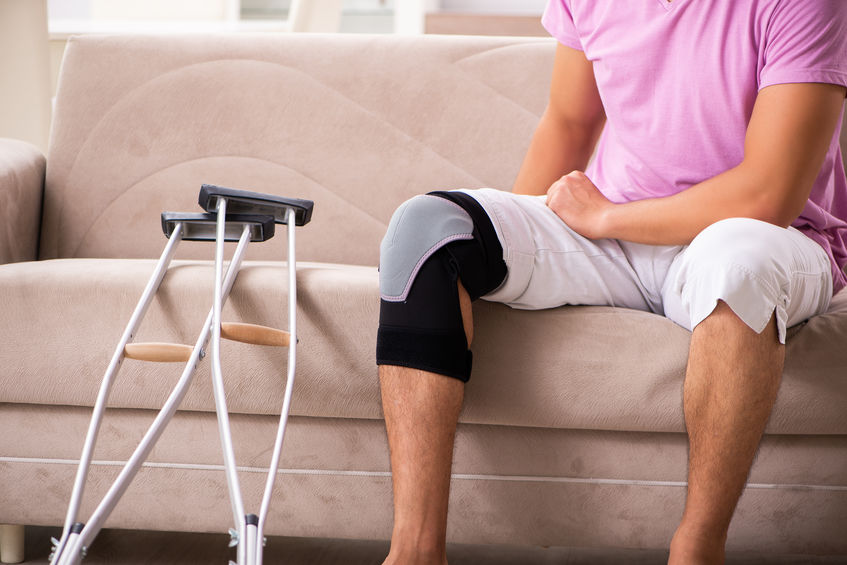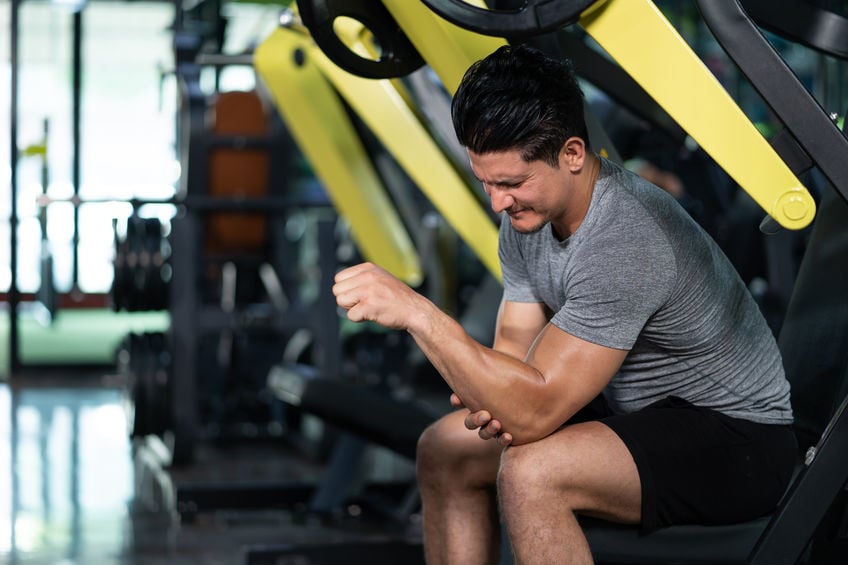Joint Replacement For Joint Pain Relief
Outpatient joint replacement surgery is more accessible than ever. Compared to traditional surgery, outpatient joint replacements offer better value-based care for some patients. Hip, knee, shoulder, and other joint replacements can be conducted in an ambulatory surgery center (ASC). Patients can be discharged on the same day and experience continuous care after.

Benefits of outpatient joint replacement surgery
Not so long ago, inpatient joint replacements could keep patients in hospitals for weeks. Today’s outpatient joint replacement procedures significantly reduce the length of hospital visits, which can lower infection risk and improve recovery time. Outpatient surgery can provide long-lasting pain relief during and after surgery.
Who’s a candidate for outpatient joint replacement?
Outpatient joint replacement can be performed at an outpatient facility, but not everyone can take advantage of outpatient surgery. Only patients in good health are considered for the procedure. Patients with certain medical conditions such as high blood pressure or diabetes would not be good candidates for outpatient joint replacement.
How to prepare for an outpatient joint replacement?
Patients who are good candidates for outpatient joint replacement must undergo a physical therapy evaluation to determine if the appropriate at-home care is available after the surgery. Once approved, a patient will undergo an introductory class at the outpatient facility to become familiar with the surgery process. An anesthesiologist will meet with the patient, examine the medical history, and determine the anesthesia protocol.
What happens during a joint replacement?
On the day of the surgery, a nurse will stand by the patient’s side and monitor the entire process, which could take a few hours. A surgeon will remove the damaged bone and cartilage from the joint and replace the piece with an implant made of ceramic, plastic, or metal. The prosthesis is meant to replicate the original joint’s shock-absorbing and mobility functions.
How to recover faster from an outpatient joint replacement
Recovery times will depend on the type of joint replacement surgery being performed. Generally, new joints can be used relatively quickly after the surgery. Patients can follow a recovery program that includes specific exercises intended to strengthen the joint and regain mobility. Successful replacements can provide less pain and more flexibility and strength for many years to come. For more information about outpatient joint replacements, speak with an orthopedic surgeon.
Can Lower Back Pain Return After Spinal Surgery? 3 Lifestyle Changes To Get The Most Out Of Fusion
Minnesota Valley Valley Center2024-04-02T14:49:38-05:00April 15th, 2024|
Spinal surgery is an excellent solution for lower back pain, but symptoms can return. With lifestyle changes, patients can get the most out of fusion.
A New Lease On Life: Exploring How Robotic Total Joint Replacement Can Get You Active Again
Minnesota Valley Valley Center2024-03-24T17:38:47-05:00March 29th, 2024|
Robotic total joint replacement uses a robotic arm to replace the joint. This innovative approach allows a quick return to activities.
Restoring Dexterity: How Outpatient Carpal Tunnel Surgery Can Change Your Life
Minnesota Valley Valley Center2024-03-24T17:38:37-05:00March 15th, 2024|
After months of wrist and hand pain, carpal tunnel surgery may be needed. With outpatient options, restored dexterity with less pain and discomfort is possible.
More Articles from MVSC
March 29, 2024
Robotic total joint replacement uses a robotic arm to replace the joint. This innovative approach allows a quick return to activities.
October 13, 2023
Technology is transforming knee replacement surgery. Patients with arthritis should understand the advantages of robotic-assisted arthroplasty.
August 11, 2023
Most people see significant improvement after hip replacement surgery, but some lifestyle habits can slow down recovery and exacerbate pain.
July 6, 2023
UCL reconstruction restores ROM and elbow stability. Tommy John surgery is for unresolved complete tears or overhead activities.










